Home>Home Maintenance>How Large Should Drainage Holes Be In A Garden Box
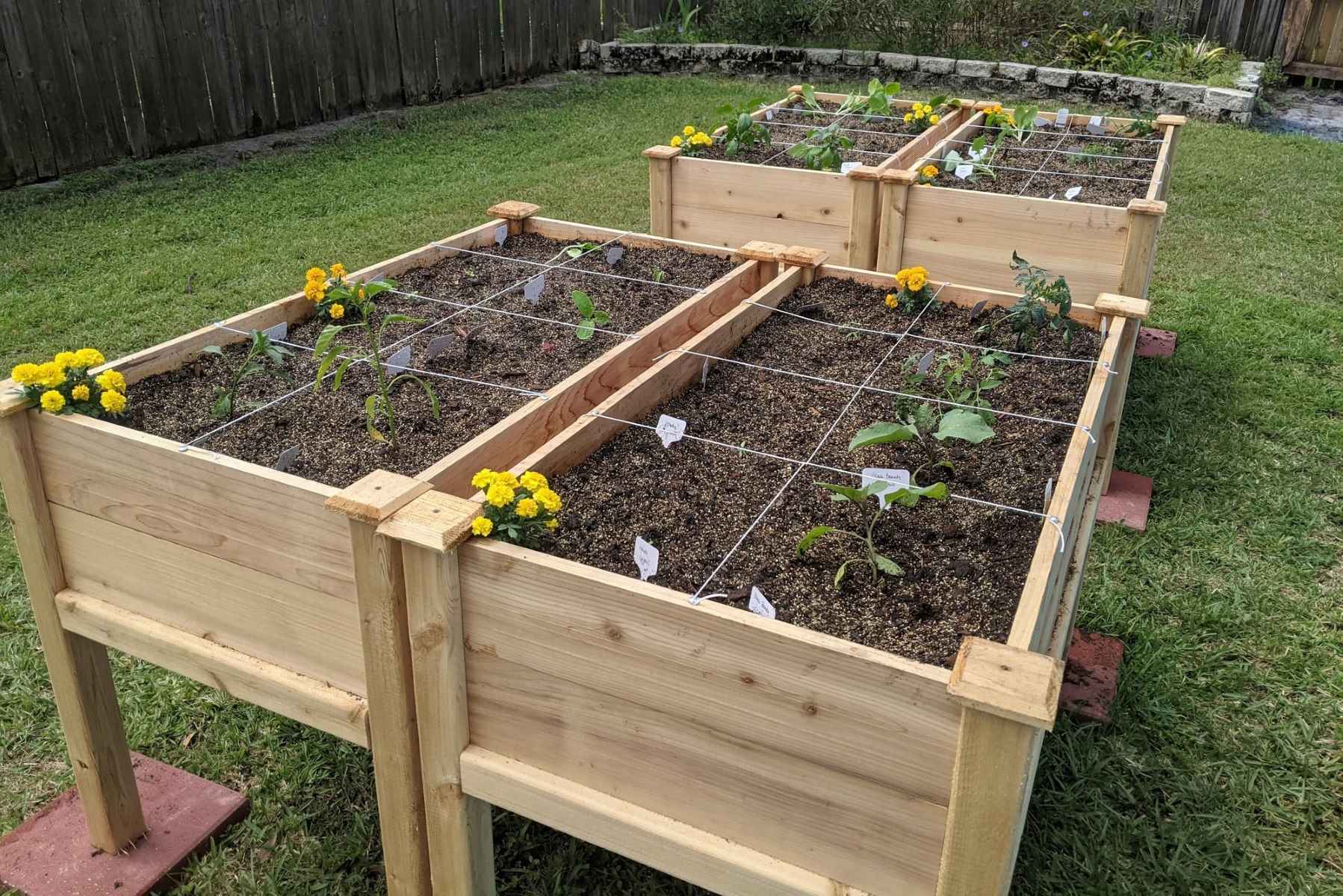

Home Maintenance
How Large Should Drainage Holes Be In A Garden Box
Modified: March 7, 2024
Proper drainage is crucial for maintaining healthy plants in garden boxes. Find out the ideal size for drainage holes to ensure optimal water flow and prevent waterlogging.
(Many of the links in this article redirect to a specific reviewed product. Your purchase of these products through affiliate links helps to generate commission for Storables.com, at no extra cost. Learn more)
Introduction
Welcome to your comprehensive guide on drainage holes in garden boxes. Whether you are an avid gardener or a beginner looking to start your own home garden, understanding the importance of proper drainage is crucial for the health and well-being of your plants. In this article, we will explore why drainage holes are essential, factors to consider when determining their size, recommended sizes for different types of garden boxes, common mistakes to avoid, and how to maintain adequate drainage in your garden boxes.
Garden boxes, also known as raised beds or planter boxes, provide an ideal environment for plants to thrive. They offer controlled soil conditions, protection from pests, and ease of access for planting, weeding, and maintenance. However, without proper drainage, excess water can accumulate in the soil, leading to root rot, nutrient deficiencies, and overall plant stress.
Having drainage holes in your garden boxes allows excess water to drain out, preventing waterlogged soil and providing oxygen to the roots. Additionally, it helps to maintain the right balance of moisture and nutrients in the soil, ensuring healthy plant growth.
When determining the size of drainage holes in your garden box, there are several factors to consider. These include the type of plants you are growing, the size of the box, the type of soil used, and the local climate conditions. Let’s explore these factors in more detail in the following sections.
Key Takeaways:
- Proper drainage is crucial for healthy plants in garden boxes. Consider factors like plant type, box size, soil, and climate when determining drainage hole size.
- Avoid common mistakes like inadequate holes and clogging. Regular maintenance, well-draining soil, and wise watering ensure optimal drainage for thriving plants.
Read more: How To Spackle Large Holes
The Importance of Drainage Holes in a Garden Box
Proper drainage is vital for the health and vitality of plants in a garden box. Without drainage holes, excess water can collect at the bottom of the box, leading to a host of problems such as root rot, fungal diseases, and nutrient deficiencies. Here are some key reasons why drainage holes are essential:
- Preventing Waterlogged Soil: When water cannot escape through drainage holes, it accumulates in the soil, saturating it and creating waterlogged conditions. This excess moisture can suffocate plant roots, hindering their ability to absorb oxygen and nutrients.
- Providing Oxygen to Roots: Adequate drainage ensures that enough air reaches the root zone. Oxygen is necessary for root respiration and the uptake of essential nutrients. Without proper aeration, roots can become stressed and susceptible to diseases.
- Preventing Root Rot: Excess water in the soil creates a favorable environment for the growth of pathogens that cause root rot. This disease can cause the roots to decay, resulting in stunted growth and even death of the plant.
- Maintaining Nutrient Balance: Proper drainage helps prevent the leaching of essential nutrients from the soil. When excessive water flows out through drainage holes, it carries away valuable nutrients. Without drainage, these nutrients are not replenished, leading to nutrient deficiencies in the plants.
- Preventing Salinity Build-up: In some areas, the water used for irrigation contains high levels of dissolved salts. Without proper drainage, these salts can accumulate in the soil over time, causing salt build-up. This can impair plant growth and lead to leaf burn and discoloration.
By incorporating drainage holes into your garden box, you create an optimal environment for plant growth. The holes allow excess water to escape, preventing potential damage to the roots and ensuring the right moisture balance in the soil. In the next section, we will delve into the important factors to consider when determining the size of drainage holes in your garden box.
Factors to Consider
When determining the size of drainage holes in your garden box, several factors come into play. Understanding these factors will enable you to make informed decisions and ensure effective drainage for your plants. Here are the key factors to consider:
- Type of Plants: Different plants have varying water requirements. Some plants prefer moist soil, while others thrive in drier conditions. Consider the specific needs of the plants you intend to grow in your garden box. Plants that require more water may benefit from larger drainage holes to allow excess water to escape quickly.
- Size of the Box: The size of your garden box plays a role in determining the number and size of drainage holes needed. Larger boxes will require more holes to ensure proper drainage. As a general rule, there should be at least one drainage hole for every square foot of the garden box.
- Type of Soil: Soil composition affects drainage. Sandy soils, which have larger particles and larger air spaces, drain more quickly than clay soils, which have smaller particles and compacted structures. Consider the characteristics of your soil and adjust the size of the drainage holes accordingly. For clay soils, larger drainage holes may be necessary to allow water to permeate through more easily.
- Climate Conditions: The local climate plays a significant role in determining drainage needs. In areas with heavy rainfall, larger drainage holes or additional drainage systems may be necessary to prevent waterlogging. Conversely, in arid regions, smaller drainage holes can help retain moisture in the soil.
- Container Material: The material of your garden box can impact drainage. Porous materials such as wood or terra cotta allow for better moisture control and natural drainage. In contrast, non-porous materials like plastic or metal may require additional drainage holes to ensure water can escape.
By considering these factors, you can customize the drainage holes in your garden box to suit your specific requirements and create an optimal growing environment for your plants. In the next section, we will discuss the recommended sizes for drainage holes in different types of garden boxes.
The Size of Drainage Holes
The size of drainage holes in your garden box is crucial for effective water drainage. The holes should be large enough to allow excess water to escape but small enough to prevent soil from spilling out. Here are some guidelines for determining the appropriate size:
- Diameter: The diameter of drainage holes is an important consideration. Generally, holes with a diameter between ¼ inch to ½ inch (0.6 cm to 1.3 cm) are suitable for most garden boxes. Larger boxes may require multiple drainage holes spaced evenly throughout the bottom.
- Spacing: The spacing between drainage holes is also important, as it affects the distribution of water drainage. For smaller boxes, a single drainage hole at each corner is usually sufficient. Larger boxes may benefit from additional holes evenly spaced throughout the bottom surface.
- Thickness of Box Sides: Take into account the thickness of the sides of your garden box, as this can affect drainage. If the sides are thick, consider drilling additional holes along the lower sides to ensure proper water flow.
It’s important to note that these guidelines are general recommendations, and the specific size of drainage holes may vary depending on the factors mentioned earlier. For example, if you have heavy clay soil or live in an area with abundant rainfall, you may need larger holes to accommodate proper drainage.
When drilling drainage holes, be mindful of the material your garden box is made of. Wood, for example, can split if holes are too close to the edges. To prevent this, drill holes at least an inch (2.5 cm) from the sides of the box.
Now that we’ve covered the general considerations for drainage hole size, let’s move on to the recommended sizes for different types of garden boxes in the next section.
Drainage holes in a garden box should be at least 1/4 inch in diameter to allow excess water to escape. This helps prevent waterlogged soil and root rot.
Recommended Sizes for Different Types of Garden Boxes
The recommended size of drainage holes may vary depending on the type of garden box you are using. Here are some guidelines for different types of garden boxes:
- Wooden Garden Boxes: For wooden garden boxes, it is generally recommended to drill drainage holes with a diameter between ¼ inch to ½ inch (0.6 cm to 1.3 cm). Ensure that the holes are evenly spaced throughout the bottom surface of the box, allowing excess water to escape.
- Plastic Garden Boxes: Plastic garden boxes often have pre-drilled drainage holes. However, if the existing holes are insufficient, you can enlarge them to a diameter of ¼ inch to ½ inch (0.6 cm to 1.3 cm) or add additional holes as needed.
- Metal Garden Boxes: Metal garden boxes may not have built-in drainage holes, so it will be necessary to drill them yourself. Aim for a diameter between ¼ inch to ½ inch (0.6 cm to 1.3 cm) and ensure even spacing throughout the bottom of the box.
- Terra Cotta Garden Boxes: Terra cotta or clay garden boxes are porous and provide natural drainage. However, it’s still essential to check for any existing drainage holes and ensure they are clear and adequately sized. If needed, you can enlarge the holes to allow better water drainage.
The recommended sizes mentioned here are general guidelines, and you should always consider the specific factors mentioned earlier when determining the ideal size for drainage holes in your garden box. These factors, such as plant water requirements, box size, soil type, climate conditions, and container material, play a significant role in determining the appropriate size.
It’s also important to periodically check and clean the drainage holes to ensure they are free from obstructions that could impede water flow.
Now that you have a better understanding of the recommended sizes for drainage holes in different types of garden boxes, let’s explore some common mistakes to avoid in the next section.
Common Mistakes to Avoid
While proper drainage is essential for garden boxes, there are some common mistakes that gardeners make when it comes to drainage holes. By avoiding these mistakes, you can ensure optimal water drainage and create a healthy growing environment for your plants. Here are some common mistakes to avoid:
- Inadequate Number of Holes: One of the most common mistakes is not having enough drainage holes. Insufficient drainage can lead to waterlogging and damage to plant roots. Make sure to have an adequate number of evenly spaced drainage holes based on the size of your garden box.
- Improper Hole Size: Another mistake is drilling drainage holes that are too small or too large. Holes that are too small may not allow sufficient water to drain, while holes that are too large may lead to soil erosion and loss. Follow the recommended sizes mentioned earlier based on your specific garden box type.
- Clogging of Holes: Over time, drainage holes can become clogged with soil, debris, or roots. This can impede water flow and negate the purpose of having drainage holes. Regularly inspect and clean the holes to ensure they remain clear and free from any obstructions.
- Placing the Holes at the Wrong Location: The location of drainage holes is key to effective drainage. Avoid placing them too close to the box’s edges to prevent soil spilling out. Additionally, ensure that the holes are evenly spaced throughout the bottom surface of the box to allow for even water distribution.
- No Drainage Tray or Saucer: If you are using a garden box indoors or on a surface that can be damaged by excess water, it is important to place a drainage tray or saucer underneath the box. This will collect any water that drains out, preventing damage to your space.
By avoiding these common mistakes, you can ensure that your garden box has proper drainage, preventing waterlogging and creating optimal growing conditions for your plants. Now, let’s move on to the next section where we discuss how to maintain adequate drainage in your garden boxes.
Maintaining Drainage in Garden Boxes
Proper maintenance is crucial for maintaining adequate drainage in your garden boxes. By following these tips, you can ensure that your plants have the optimal growing conditions they need:
- Regularly Check for Obstructions: Periodically inspect the drainage holes to ensure they are clear and free from any obstructions. Remove any debris, soil, or roots that may have accumulated to allow for effective water drainage.
- Monitor Soil Moisture Levels: It’s important to keep an eye on the moisture level in the soil within your garden box. Avoid over-watering, as this can lead to waterlogged conditions. Use a moisture meter or simply check the soil by inserting your finger into it. If it feels too wet, hold off on watering until the soil has dried out slightly.
- Use Well-Draining Soil Mix: Choose a soil mix that promotes good drainage. A mix that includes organic matter, such as compost or peat moss, can improve soil structure and drainage capabilities. Avoid using heavy clay soils, as they tend to drain poorly.
- Water Wisely: When watering your garden box, do so gently and evenly to prevent excessive pooling of water. Water at the base of the plants, allowing the water to seep into the soil rather than spraying it over the foliage.
- Avoid Overcrowding: Overcrowding your garden box with too many plants can lead to poor air circulation and reduce water drainage. Give your plants enough space to grow and spread out their roots, ensuring proper airflow and drainage.
- Consider Using Mulch: Adding a layer of organic mulch, such as straw or wood chips, can help regulate soil moisture levels and prevent excessive evaporation. However, avoid piling mulch directly against the stem of the plants, as this can create excess moisture and promote rot.
By implementing these maintenance practices, you can ensure that your garden boxes have proper drainage and provide an ideal environment for healthy plant growth. Remember to adjust your maintenance routine based on the specific needs of your plants and the local climate conditions.
Now that we’ve covered the importance of drainage holes, factors to consider, recommended sizes, common mistakes to avoid, and maintenance tips for garden boxes, you are well-equipped to create and maintain optimal drainage in your own home garden. Enjoy the benefits of healthy plants and bountiful harvests!
Conclusion
Proper drainage is a key factor in the success of your garden box. By understanding the importance of drainage holes, considering various factors, and following recommended guidelines, you can create an optimal growing environment for your plants.
Drainage holes play a crucial role in preventing waterlogged soil, providing oxygen to the roots, and maintaining the right balance of moisture and nutrients. Factors such as plant water requirements, box size, soil type, climate conditions, and container material should be considered when determining the size and spacing of drainage holes.
Avoid common mistakes such as inadequate number of holes, improper hole sizes, clogging of holes, placing holes at the wrong location, and not using drainage trays or saucers. Regular maintenance, including checking for obstructions, monitoring soil moisture levels, using well-draining soil mix, watering wisely, avoiding overcrowding, and considering the use of mulch, will help ensure proper drainage in your garden boxes.
By implementing these practices, you can create an environment that promotes healthy plant growth, prevents waterlogging, and reduces the risk of root rot and nutrient deficiencies. Your garden box will thrive, and you’ll enjoy the rewards of a flourishing home garden.
Now, armed with the knowledge and understanding of drainage holes in garden boxes, it’s time to get your hands dirty and start planting! Experiment, learn from experience, and adapt your approach as needed. Happy gardening!
Frequently Asked Questions about How Large Should Drainage Holes Be In A Garden Box
Was this page helpful?
At Storables.com, we guarantee accurate and reliable information. Our content, validated by Expert Board Contributors, is crafted following stringent Editorial Policies. We're committed to providing you with well-researched, expert-backed insights for all your informational needs.
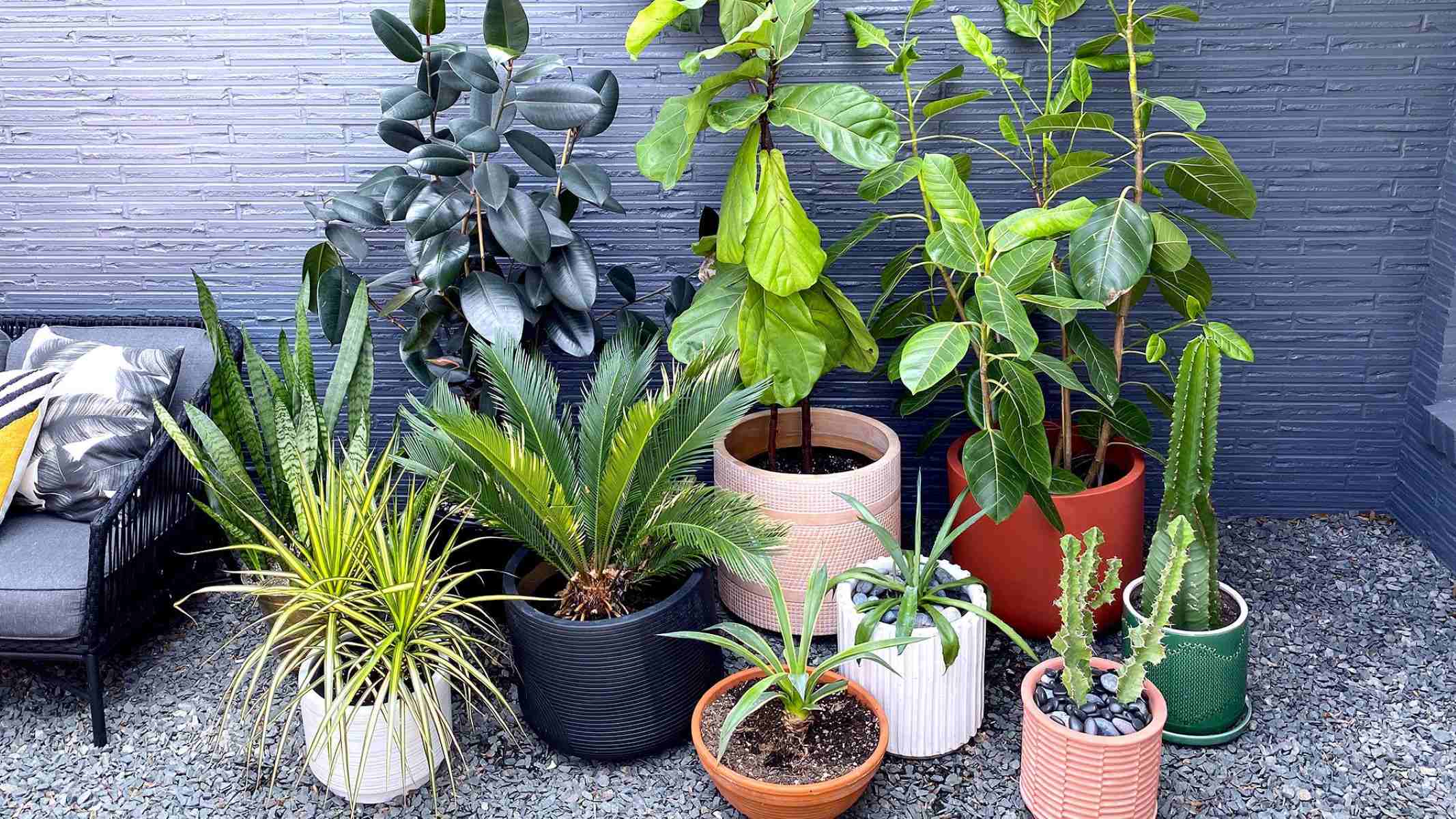
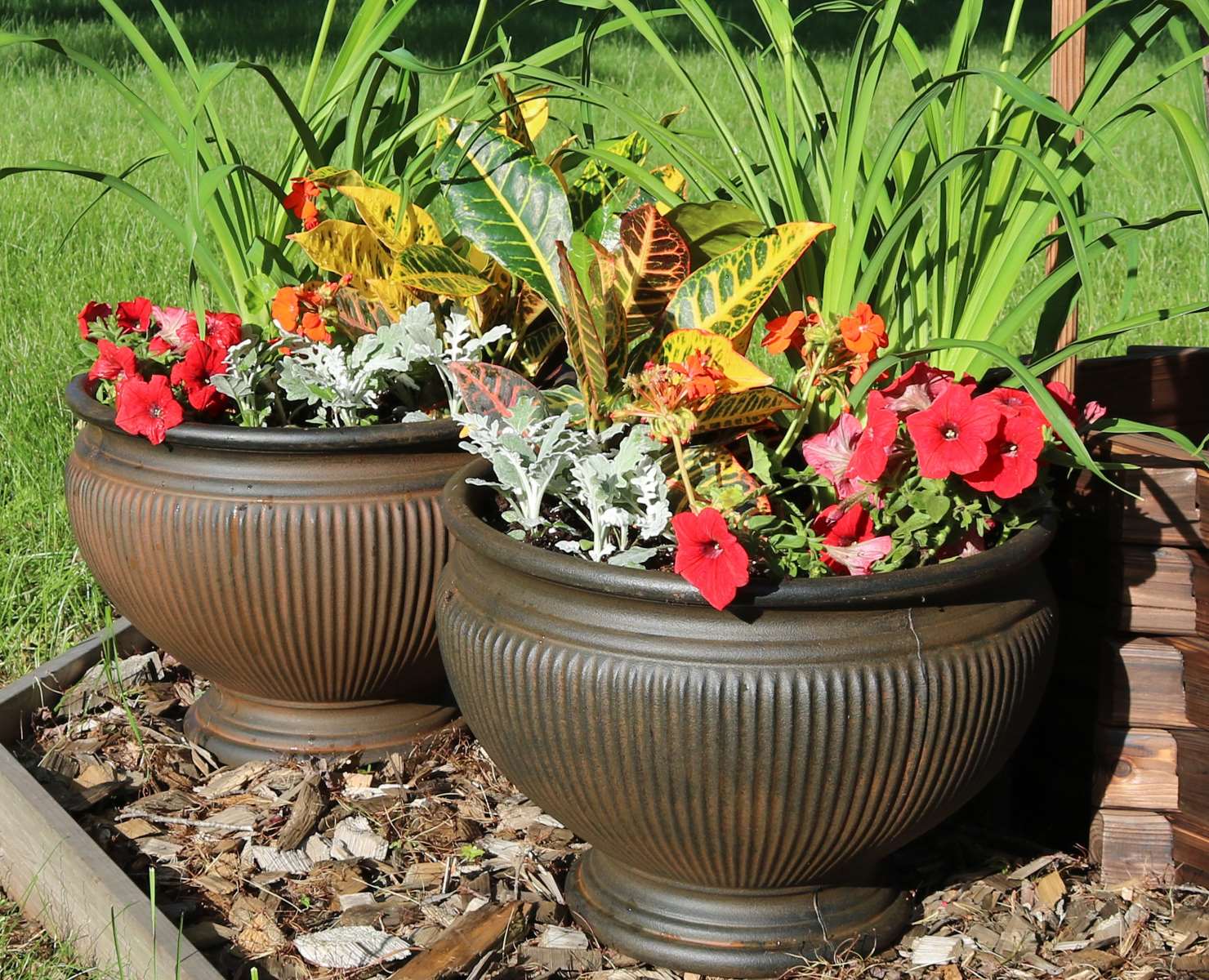
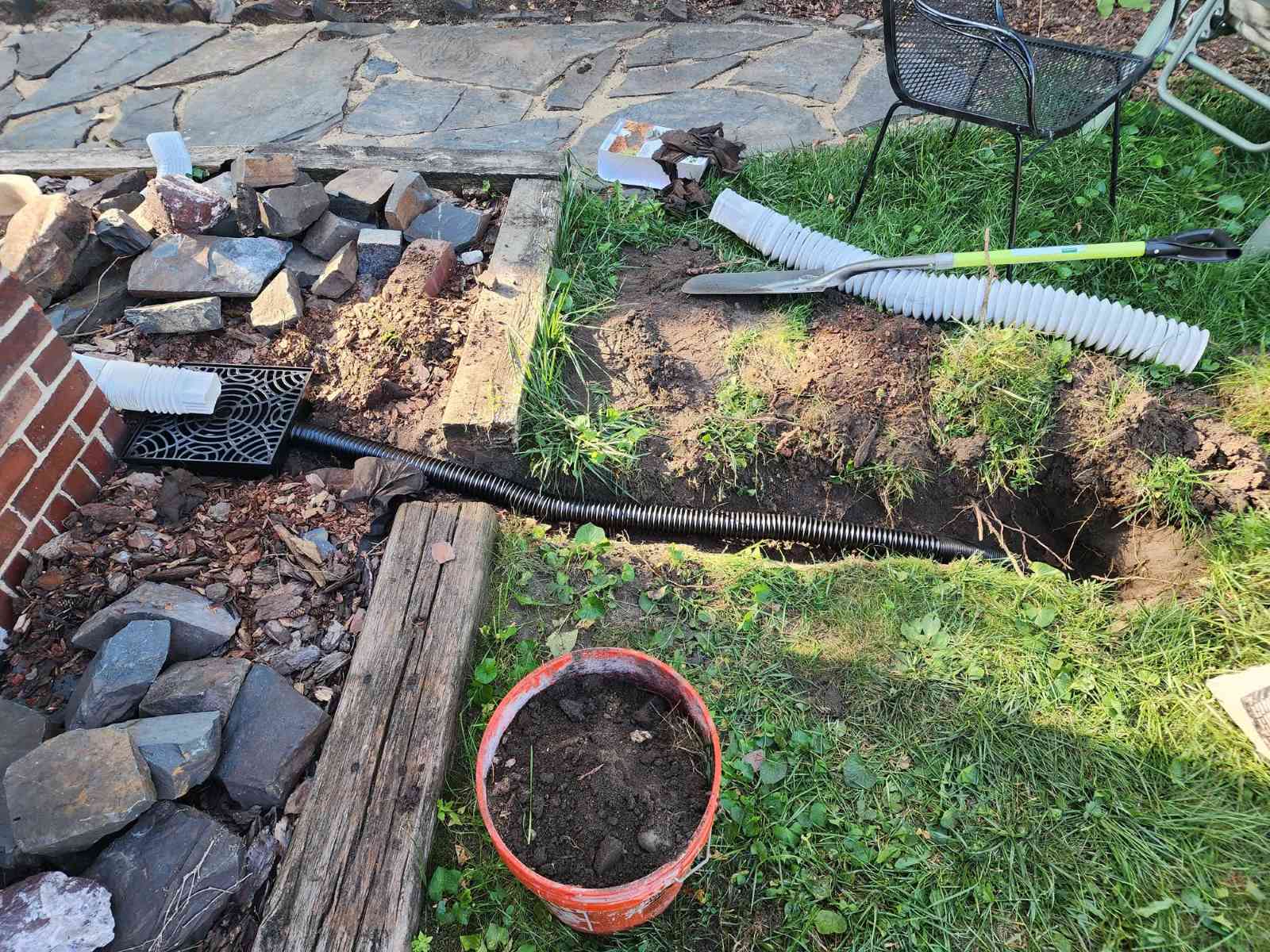
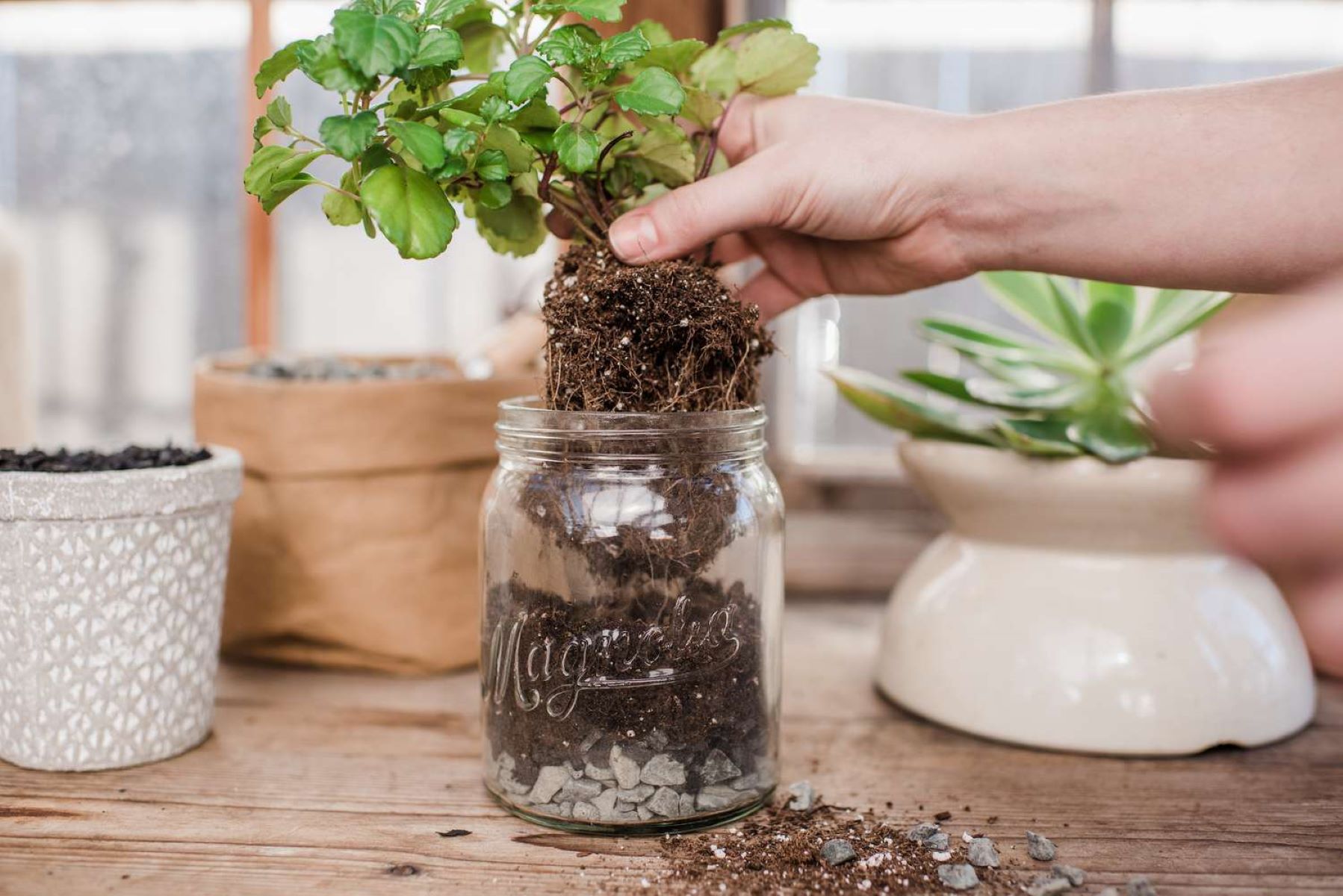
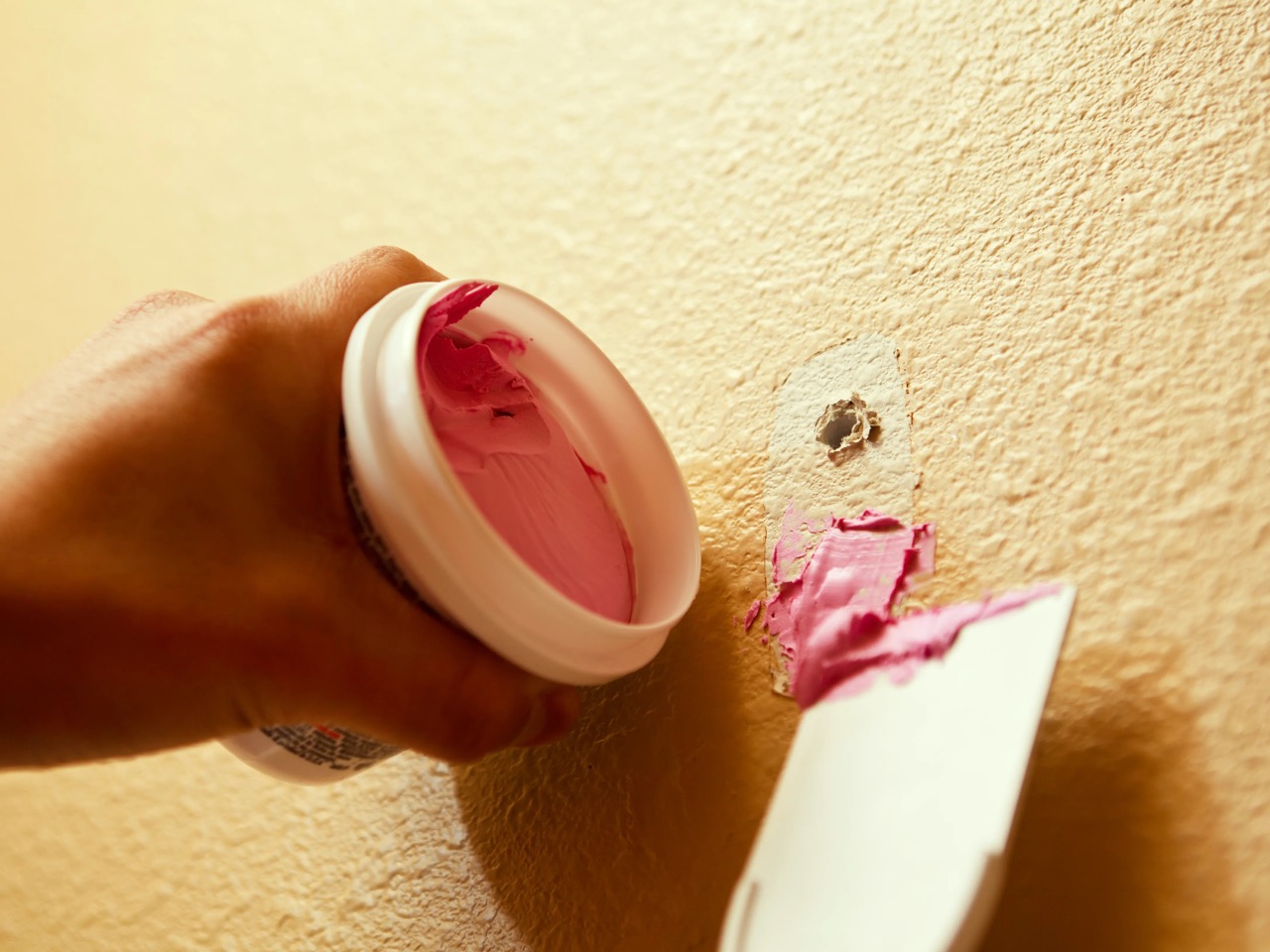
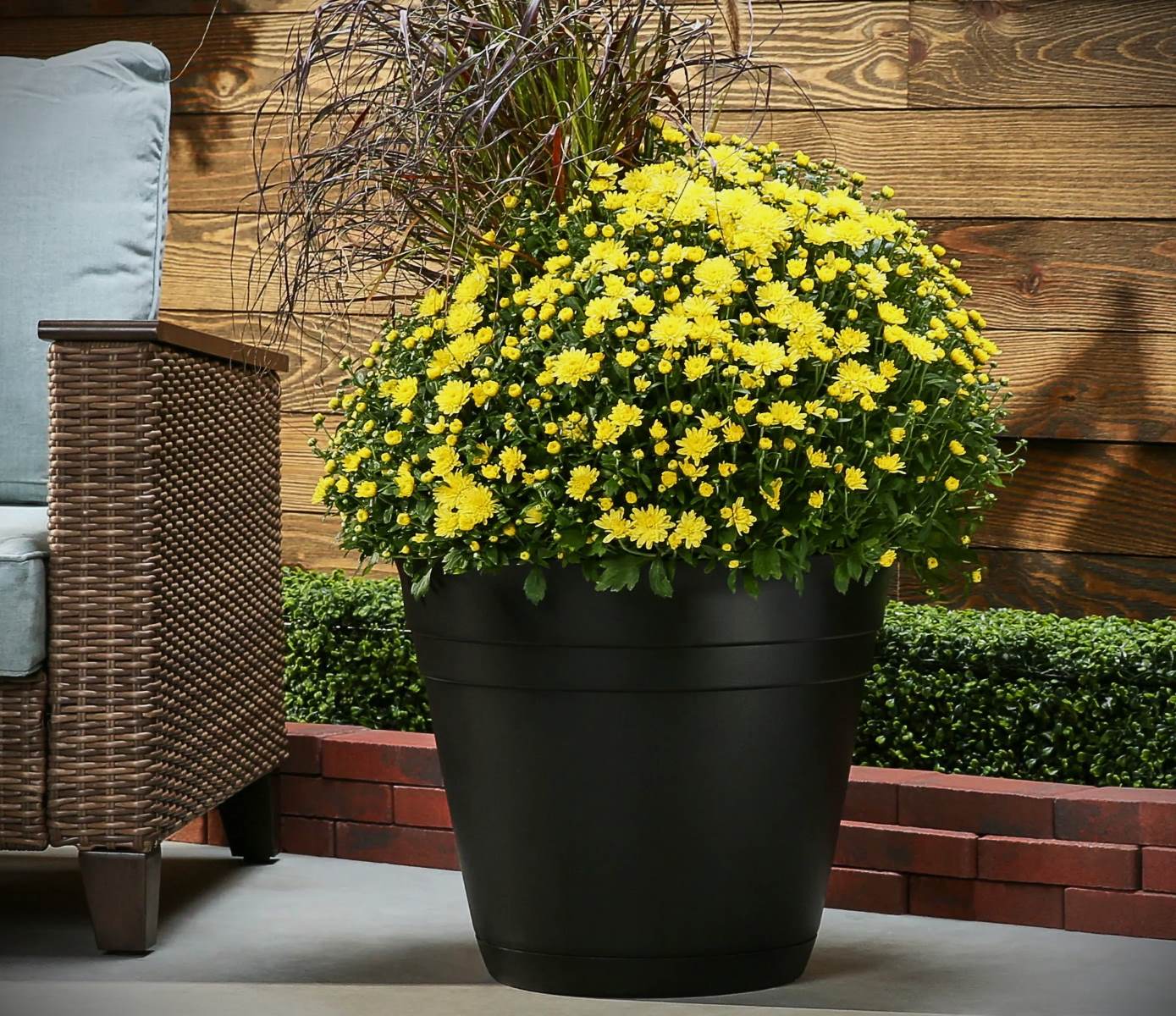
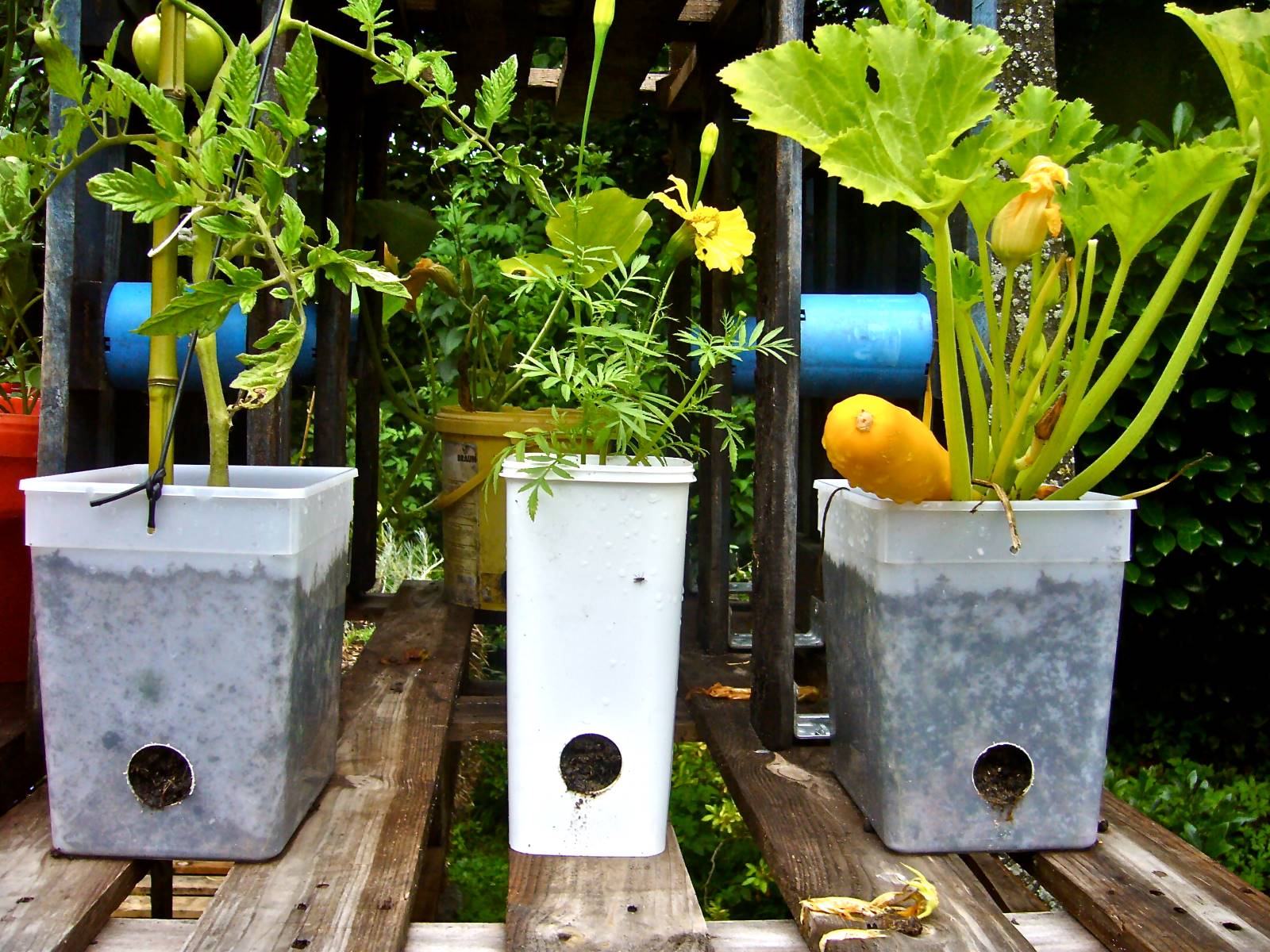
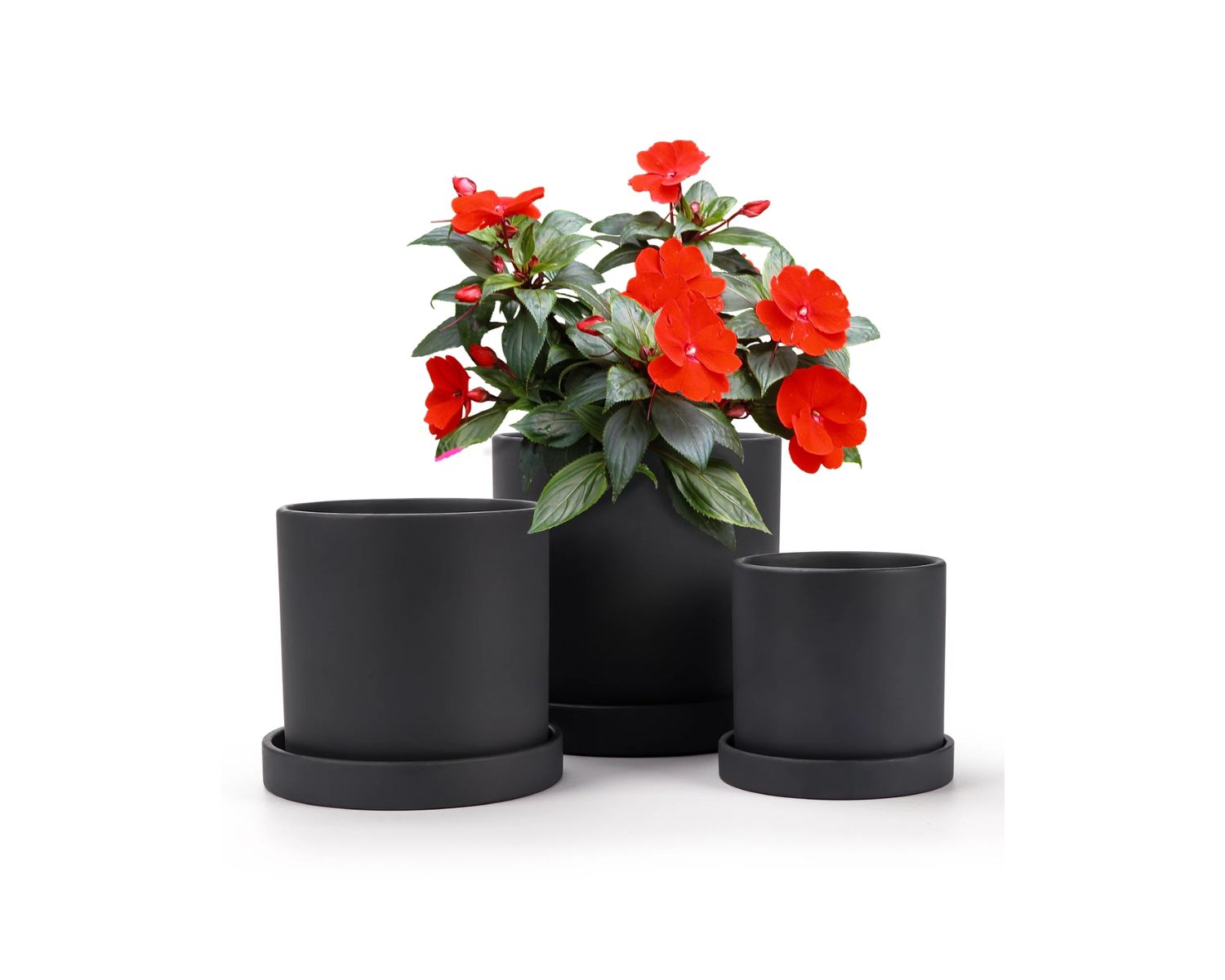
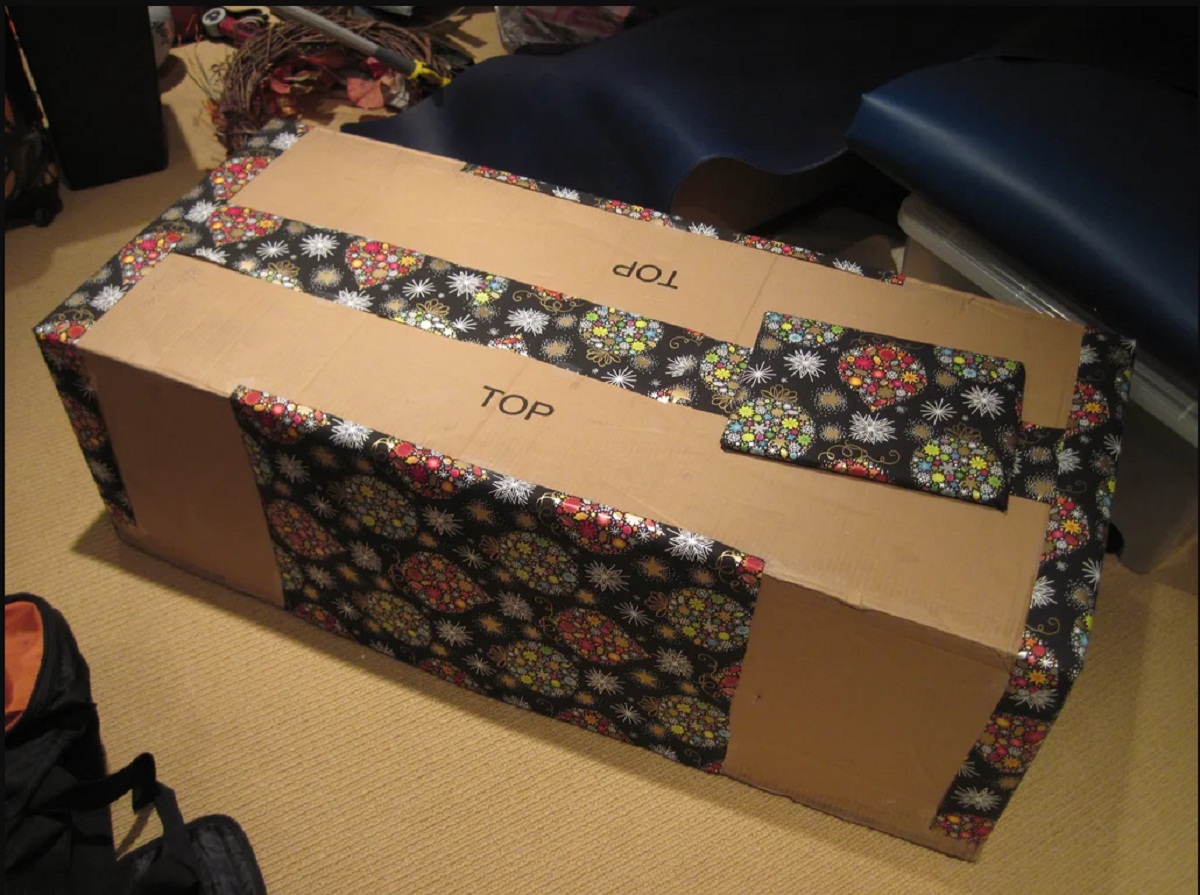
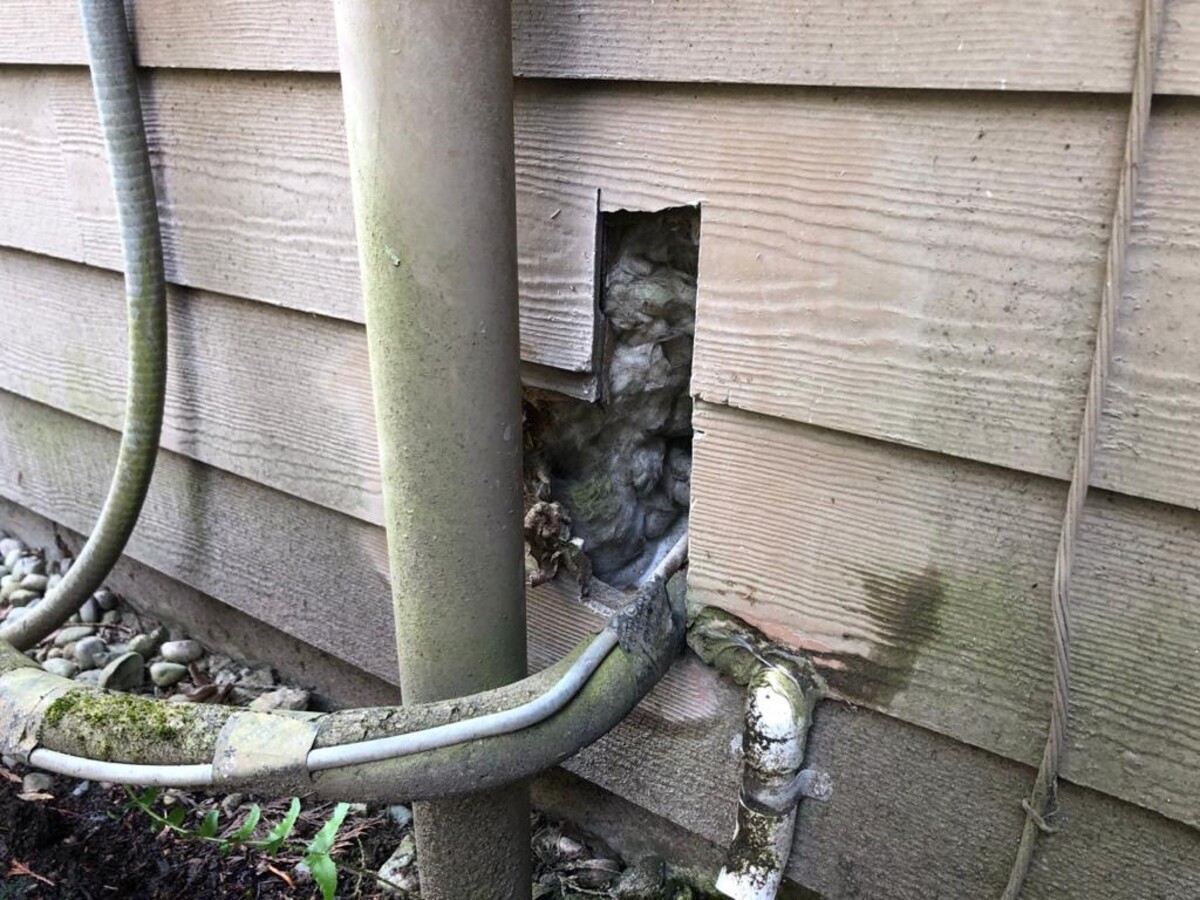
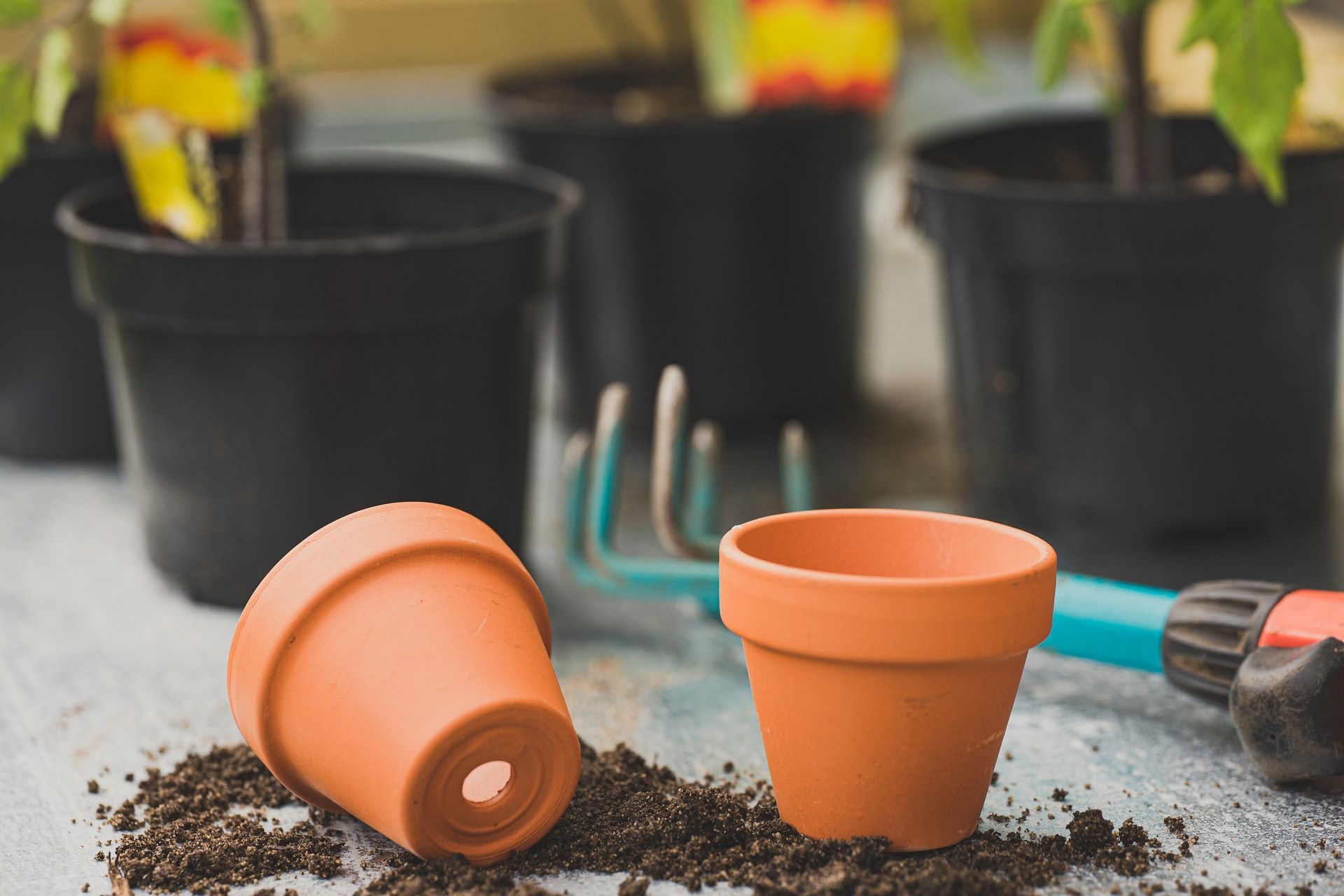
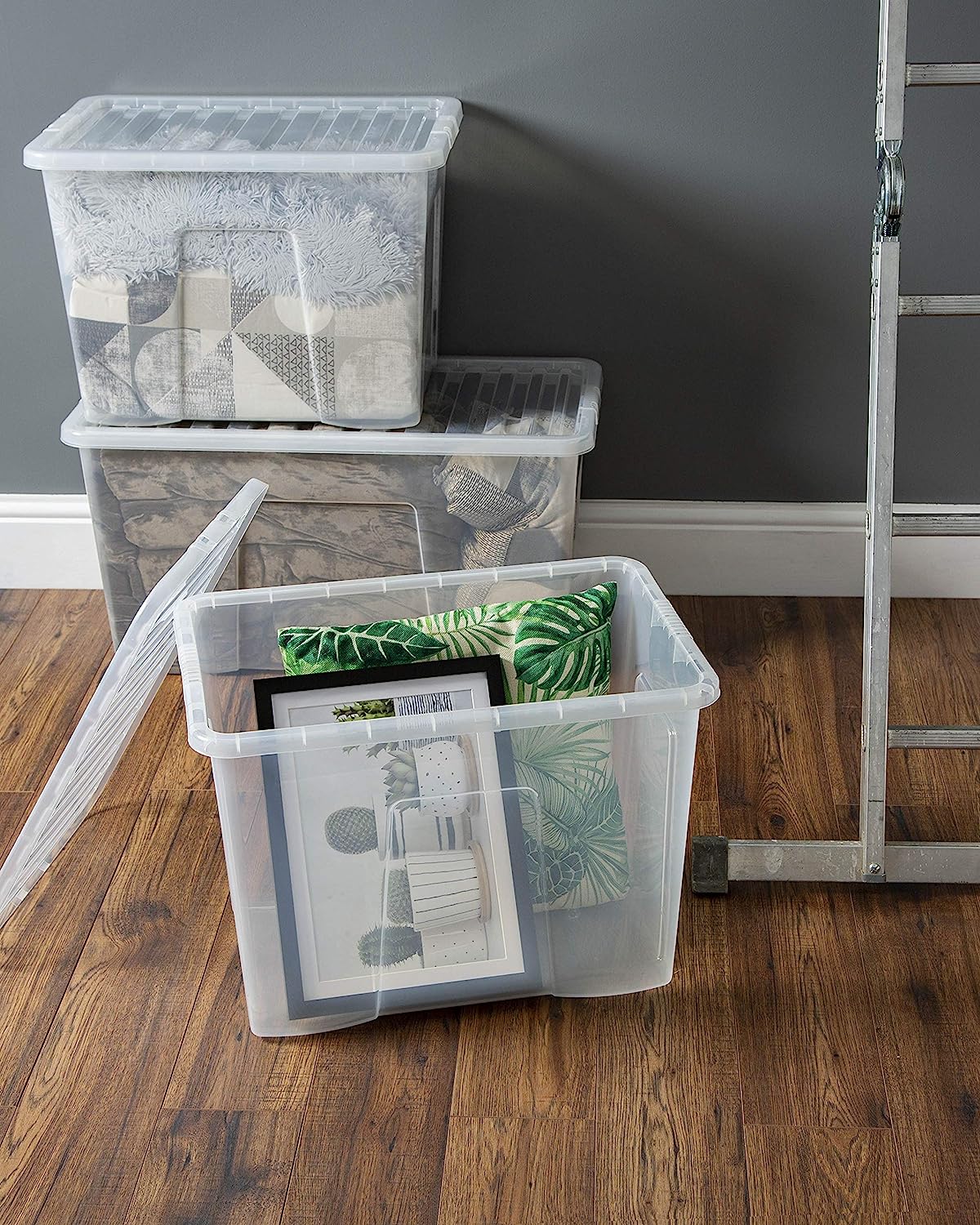
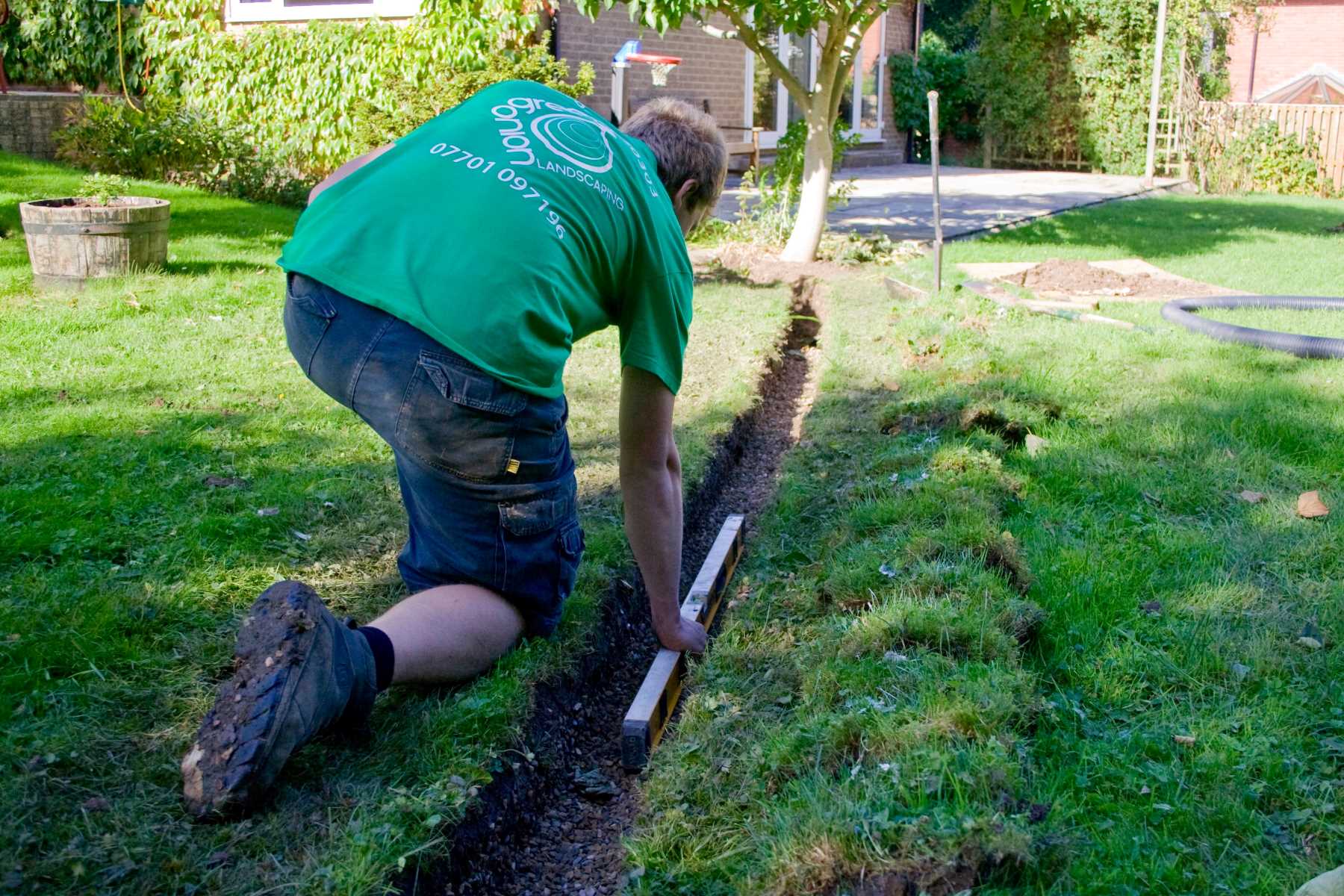
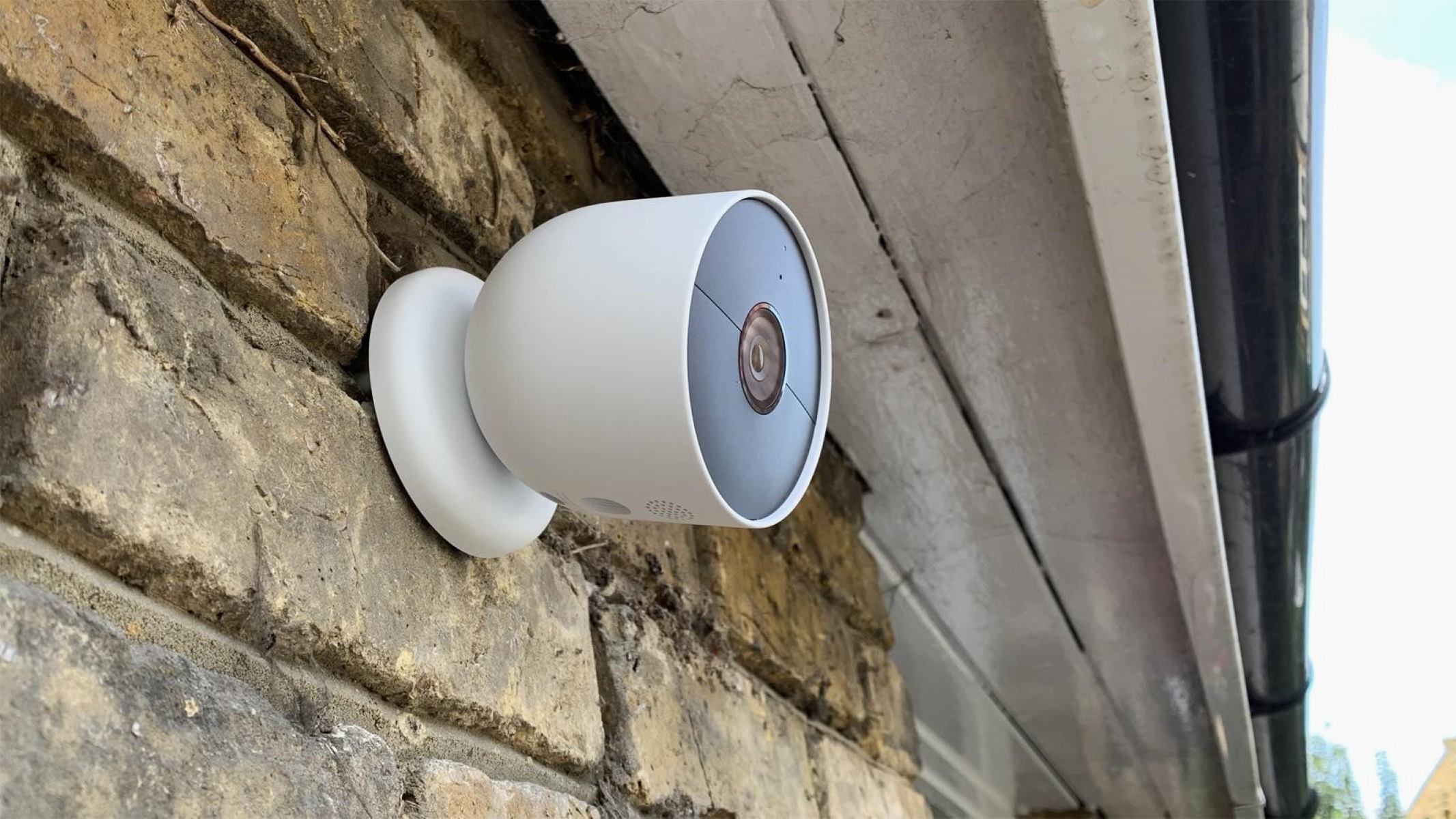

0 thoughts on “How Large Should Drainage Holes Be In A Garden Box”